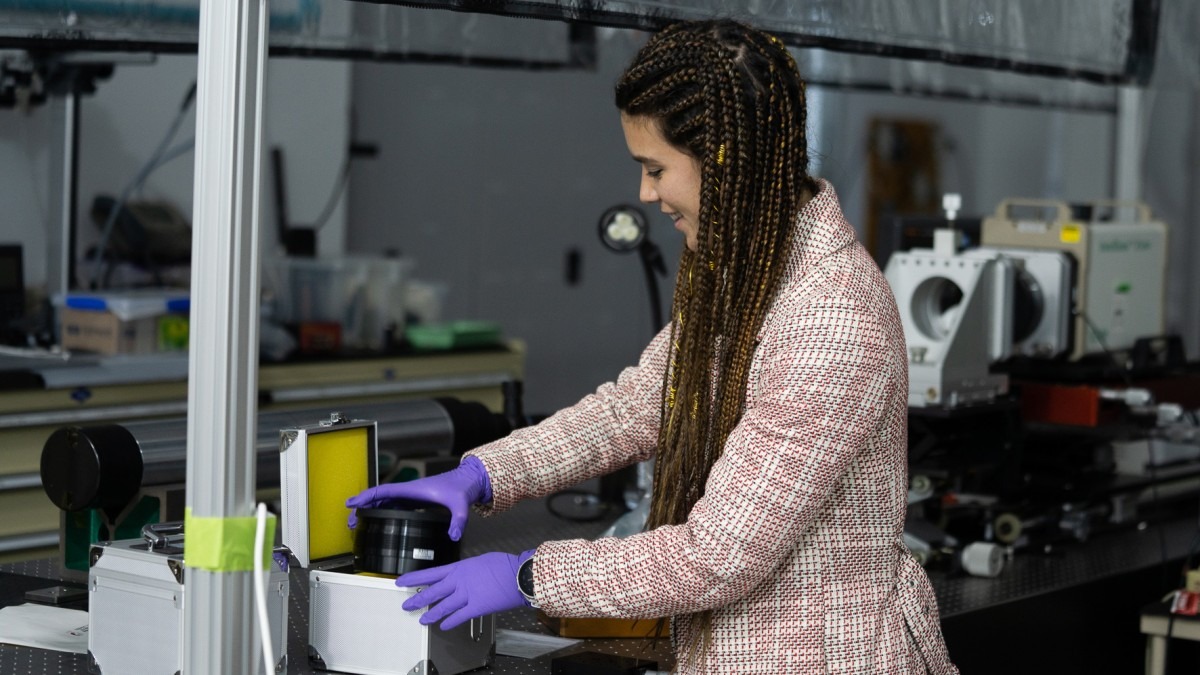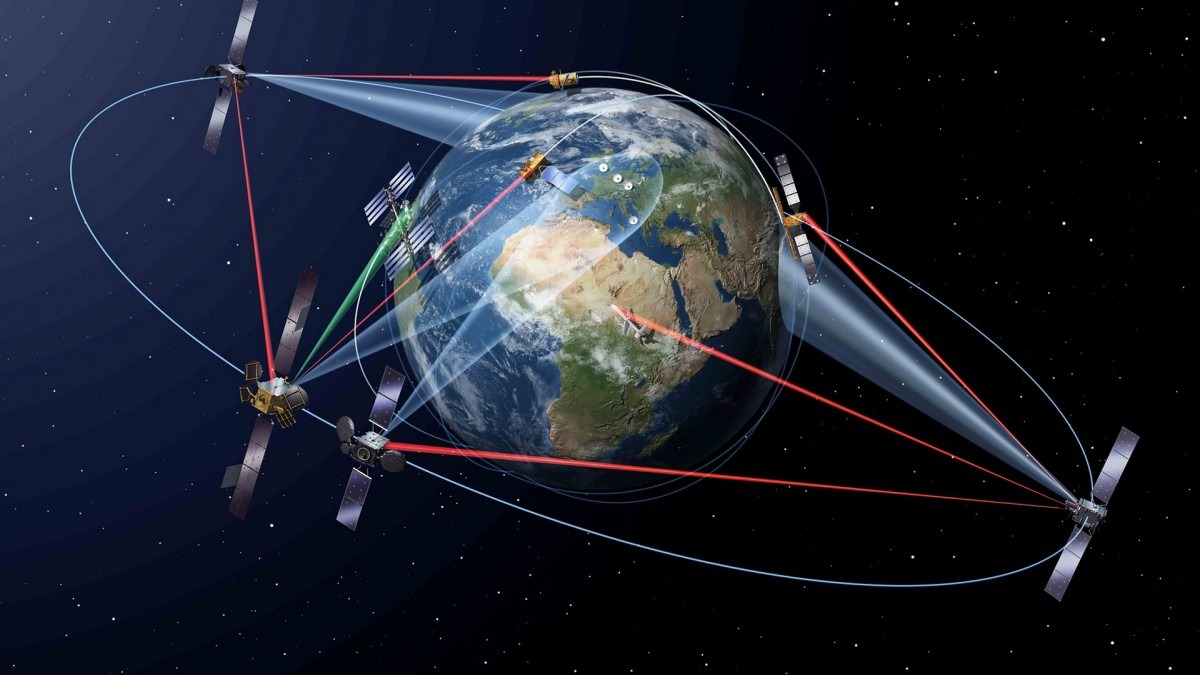Twinkle, twinkle, little star, how wonderfully artificial you are
Dr Noelia Martinez Rey has one of the best jobs in our corner of the galaxy: she creates artificial stars in space using lasers.
“When you see a star twinkle, that twinkle is created by turbulence in our atmosphere,” explains Dr Martinez Rey.
The twinkling effect of atmospheric turbulence can make for a magnificent night sky. But to astronomers, it makes it harder to capture non-blurry images from space.
To correct for this turbulence, Dr Martinez Rey uses a powerful laser to make an artificial star appear near the object she is trying to look at with the telescope. She can then remove the negative effect of light captured by the telescope to take sharper images of the real stars in space.
“We use two different types of lasers,” she says. “One is a green laser that reflects back the dust particles in the atmosphere. The other laser is orange, and we use it to excite the sodium atoms 90km above the Earth and measure their fluorescence.”
Dr Martinez Rey says lasers aren’t just useful when capturing clear images of space, they can even be used to transfer massive amounts of data.
“With more space agencies planning to go to Mars and the Moon in the future, laser communications are going to be really important,” she says.
“We currently use lasers to communicate between satellites and the Earth, but this laser light also suffers from atmospheric turbulence.”
That means artificial stars are needed to fine-tune this technology by reflecting back dust and sodium in the atmosphere.
“Laser communication systems need to work day and night,” she says. “And because atmospheric turbulence is much stronger during the day, we need more powerful laser guide stars and very fast adaptive optics systems.”
Dr Martinez Rey and colleagues from the Research School of Astronomy and Astrophysics at ANU are working to develop stronger and faster laser guide stars for this purpose.
Stronger laser guide stars are not just useful for communications: they can also help catalogue and monitor the orbits of space junk to try to avoid collisions in the future.
“There are already millions of sub-centimetre particles of debris orbiting the Earth.
“Space junk can be satellites that are not functioning anymore, small pieces of debris from collisions, or equipment that detaches during space launches.
“We are trying to see if high-powered lasers can be used to nudge this space junk, moving it out of the way.”
The team at ANU also use laser guide stars and adaptive optics to determine the size of these objects and the danger they pose.
You may be wondering if such powerful lasers pose a threat to aircraft. The answer is yes.
“Air traffic might be restricted around some astronomical observatories,” she says. “But here at Mt Stromlo, planes are passing above us all the time. So we really need to ask for a lot of permissions.”
From pushing space debris, to communicating with spacecraft on Mars and encoding information with classical and quantum encryption, laser technology is world-changing.
But unlike the effect of atmospheric turbulence, one thing is clear: both artificial stars, and research stars like Dr Martinez Rey, will have a shining role in our future.





